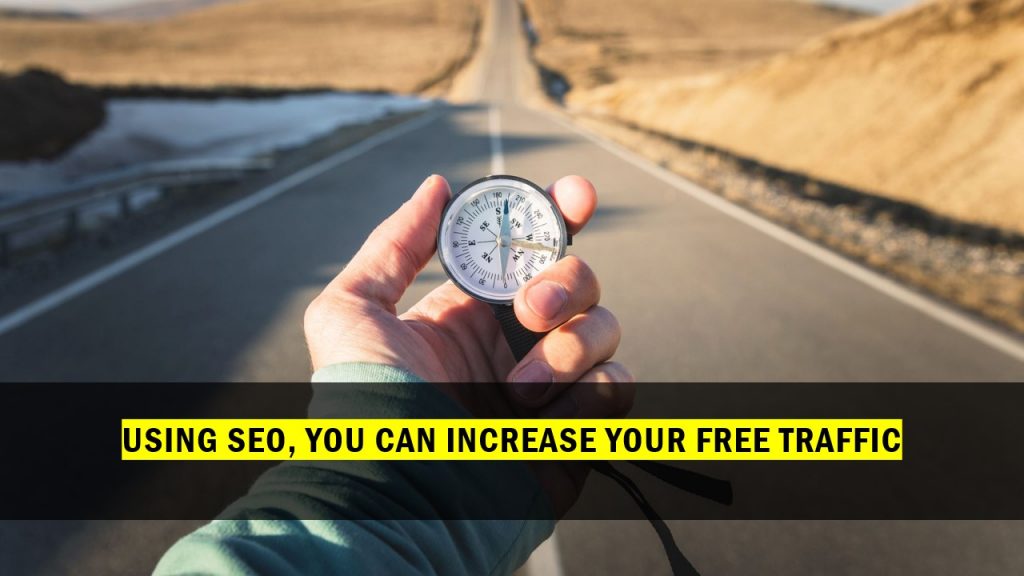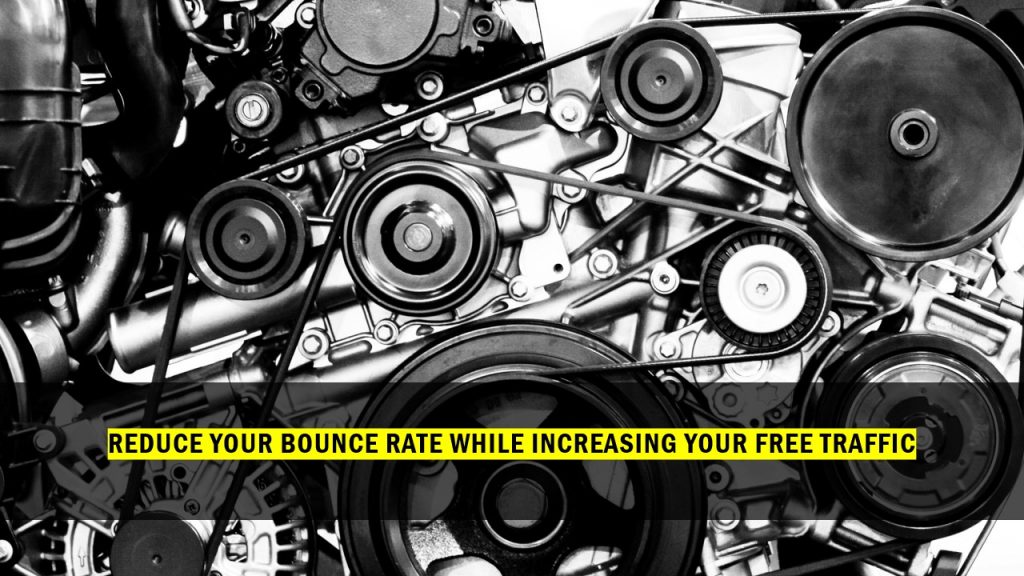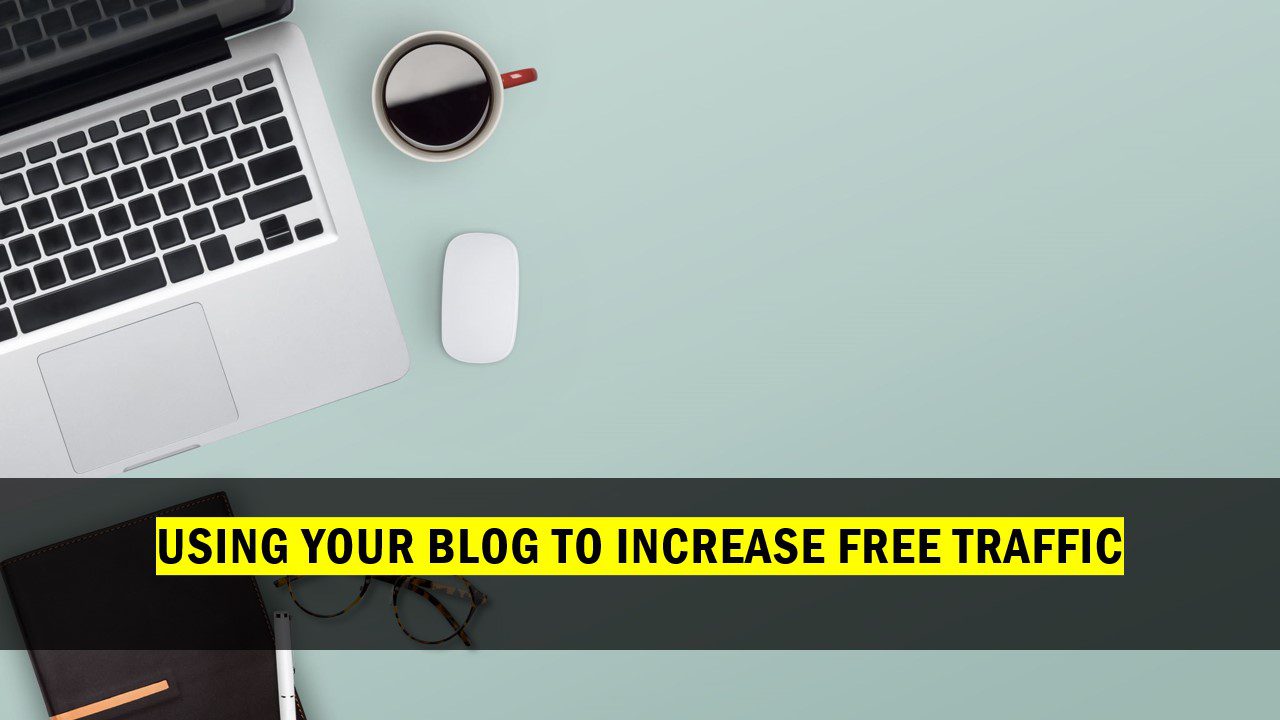Top Free Web Traffic Tips
Using Your Blog to Increase Free Web Traffic
If you want to increase free web traffic to your site, consider using your blog. Your blog could be a valuable resource that you are underutilizing.
When it comes to organic search traffic, SEO is still king. Your niche will contain some popular search terms. The more of these you include in your blog, the more organic your blog’s web traffic will be. However, including too much text on your blog’s main page can do more harm than good.
Write about your niche on your blog. When writing blog posts, choose keywords and phrases that are popular in the sector or topic you are writing about.
You should make sure that your blog has a prominent link back to your website. The blog will help to increase the visibility of your website as well as the amount of traffic it receives.
Blogs are a type of social media marketing. There is a wide range of material to be found on them, including expert posts, opinions, product information, and about everything else you can think of that pertains to your subject. It enables visitors to leave comments and share their blog posts on other social media platforms.
That means you must devote sufficient time and attention to your blog. Everything you post should be of high quality and should pique the reader’s interest. This increases the likelihood that your visitors will return and will want to share your blog with others they know. As a result, the number of people who visit your website from your blog should increase.
Your blog is an excellent way for you to increase web traffic to your site, so why not put it to use right away?
Using SEO, you can increase your free web traffic.

SEO is not a game; it is serious business when it comes to doing it effectively and getting the rewards of improved traffic flow when it comes to SEO.
You must create content that your readers will want to read – content with value. You must ensure that the content is search engine optimized. We do not mean stuffing keywords, but ensuring that your keywords appear in a natural flow at a rate of about 2% in your content.
Any links you include in your content should come from reputable sources. Even if your website is brand new, you can still obtain natural links that are legitimate and accepted by Google and other search engines. Do not make the mistake of including questionable links in your content just to have links. You are better off not having links than having bad links.
When adding images, make sure to fill out the image attributes. Images do more than just decorate the page. The search engine considers details such as caption, title, description, and alternate text to be important. Do not keyword stuff, but make sure your keyword(s) are in the image attributes. Google image search is becoming more popular, and if your images are prominently displayed, you will see a boost in web traffic from this source as well.
It is also critical to diversify your internal anchor links. When search engines crawl your site, they will find these links on your page. Your pages should contain at least 250 words, and utilize easy-to-read fonts and headings to assist split your page and make it easier for readers.
Google will consider useful content to be search-worthy, and proper SEO use will help you rank higher in the search engines. Increased web traffic to your site is the result of useful content combined with good SEO.
Reduce your bounce rate while increasing your free web traffic.

A high bounce rate is something search engines despise. If you have a high bounce rate, Google and other search engines may penalize you by lowering your rank and placement. Reduce your bounce rate, and search engines will reward you. More web traffic to your site means better placement.
Bounce rate is one of those metrics that is frequently used in search engines. It is common to talk about bounce rates in absolutes, but it is better to look at them subjectively.
If you have a high bounce rate, it could mean a number of things, most of which fall into one of these two categories.
- The traffic you are attracting is not the right kind of web traffic.
- You are attracting the right type of web traffic to your website.
If you are perplexed by the second, you are not alone. But consider it. If your website provides exactly what the visitor wants or answers the visitor’s question, the visitor will quickly leave the page. As a result, you will have a high bounce rate.
You want your visitors to stay, but you also want them to find what they are looking for. As a result, you should spread their visit out so that they can see more of your site before leaving. This implies that you want more engaged visitors.
You could also try to reduce your bounce rate.
- Avoid using pop-ups.
- Use an easy-to-navigate layout that includes key items.
- Avoid using a bad website design.
- Improve the speed at which your pages load.
- Create a mobile-friendly website.
- Divide your data into sections.
- Optimize for purpose
- Create information based on your top priorities.
- Keep an eye on where you place advertisements.
- Remove all distractions.
- Make use of internal searches.
Reduce your bounce rate while increasing web traffic. It is worth your time to work on improving your bounce rate.
Thanks for reading part two in my free web traffic series. Please read the next articl and leave a comment below.


Leave a Reply